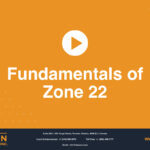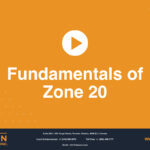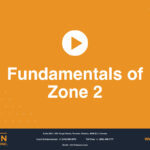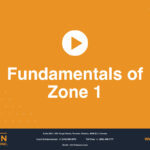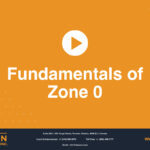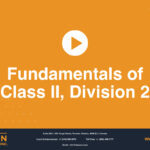Fundamentals of Zone 21
Locations involving dusts are known to be hazardous because dusts can be combustible and flammable. Naturally, the locations where dust is present continuously are the most hazardous. Locations where dusts are present only occasionally are still hazardous, nonetheless.
If electrical and non-electrical equipment is installed in such locations, the devices must be designed and constructed in compliance with safety Standards specific to the nature of the hazard.
As per International Electrotechnical Committee Standards, the areas where explosive dusts may be present are categorized into three groups: Zone 20, Zone 21, and Zone 22. This animation is about Zone 21.
Zone 21 is defined as an area in which an explosive dust atmosphere, in the form of a cloud of dust in the air, is likely to occur occasionally in normal operation. Electrical or non-electrical equipment used in Zone 21 must not become a source of ignition in the form of hot surfaces or sparks.
Typically, mills, warehouses for coal or grain, and the area surrounding filling stations are all classified as Zone 21.
Let’s look at a diagram that shows all three Zones, Zone 20, 21 and 22.
Zone 21 is the area where explosive clouds of dust can develop due to the occasional escaping of dust from the opening or dust filling stations.
In order to be certified as compliant with safety Standards for Zone 21, an electrical device must be protected by one or more of the following protection techniques: intrinsic safety with level of protection “ib”, encapsulation with “mb” protection, protection by enclosure with “tb” protection, purging and pressurization with pxb or pyb protections.
Equipment with optical radiation features such as lasers can be installed in Zone 21 if the optical power is inherently safe using “op is” protection or an interlock system complying with “o-p-s-h” protection or using protected optical radiation complying with “op pr” with an Equipment Protection Level (EPL) of Db. Equipment suitable for use in Zone 20 can also be safely installed and used in Zone 21.
Request a Consultation
Complete the form below to get started.

